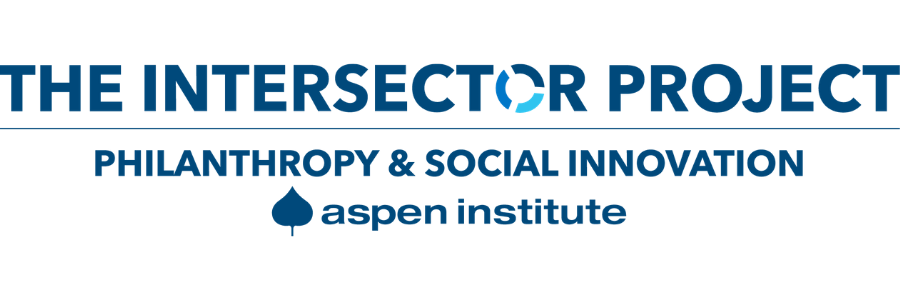River Restoration in Virginia
The Elizabeth River, 23 miles of estuary on the southern end of Chesapeake Bay, has one of the busiest commercial ports in the world. A history of industrial pollution contributed to sediment contamination and “toxic hotspots” along the river. In response, Marjorie Mayfield Jackson helped





